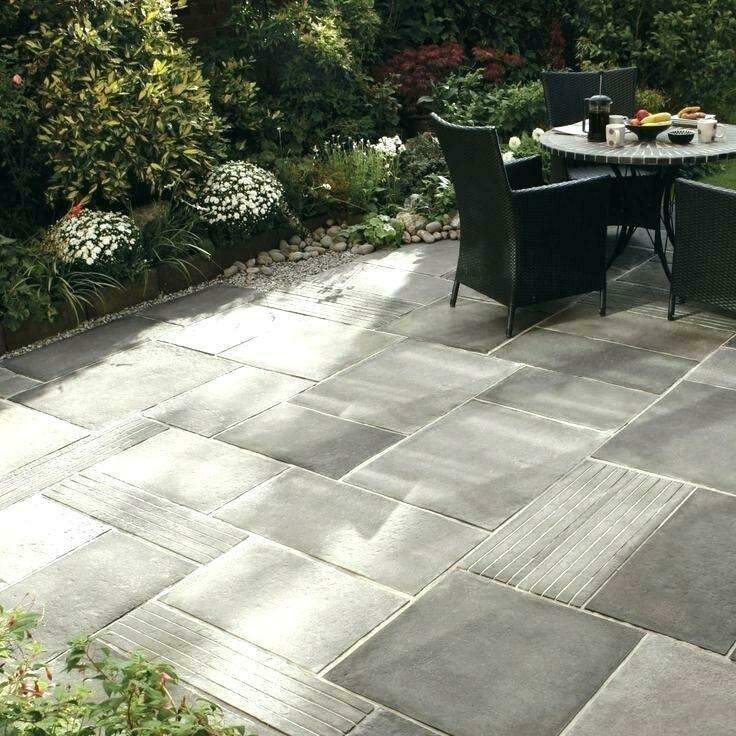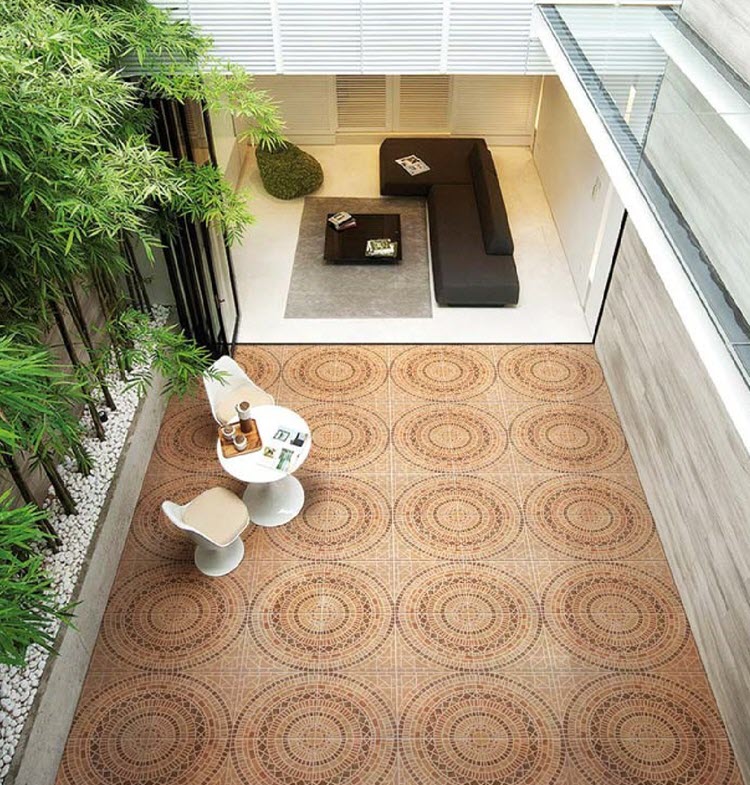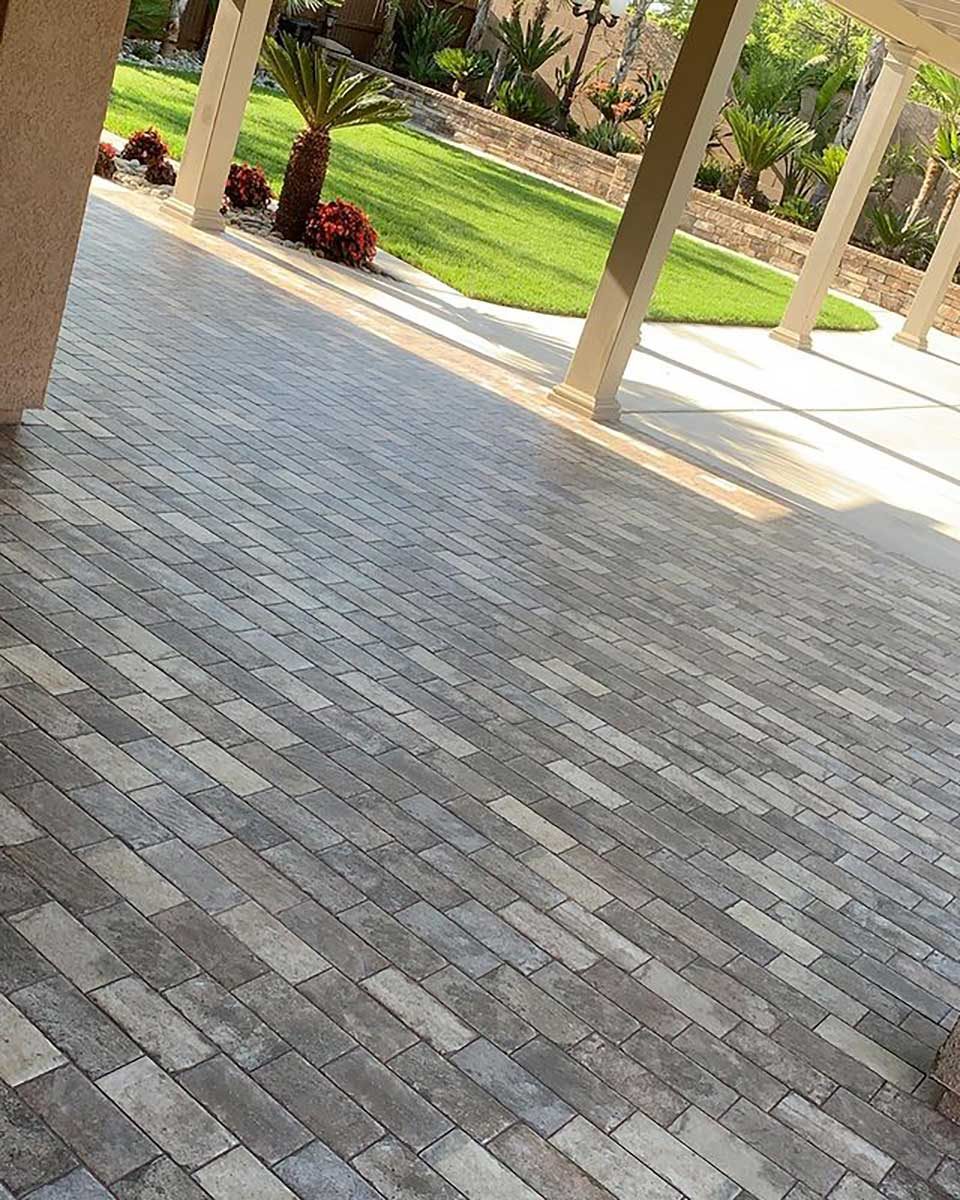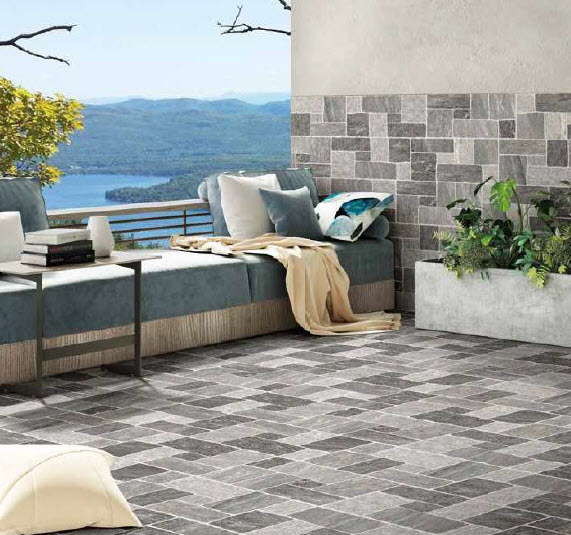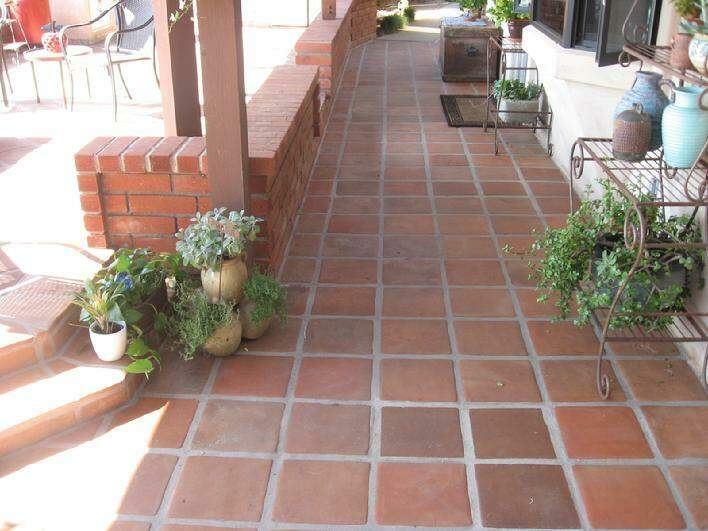Choosing the Right Tile Material for Your Porch
Choosing the right tile material for an outdoor porch is essential for achieving a beautiful, long-lasting look that withstands the elements. Porches encounter more wear and tear from weather changes, foot traffic, and sometimes even heavy furniture. With the right material, you can create a stylish yet durable porch floor that complements your home’s aesthetic.
- Porcelain Tiles: Known for their durability and resistance to moisture, porcelain tiles are an ideal choice for outdoor porches. They’re typically more dense and hard-wearing than ceramic tiles, which makes them great for high-traffic areas. Porcelain is also slip-resistant, frost-resistant, and easy to clean, making it versatile for all climates.
- Ceramic Tiles: While not as durable as porcelain, ceramic tiles can still work well in covered porch areas. They offer a vast array of colors and patterns, giving you flexibility in design. However, ceramic tiles are more prone to cracking in cold climates and should be installed carefully if exposure to the elements is expected.
- Stone Tiles: For a natural look, stone tiles like slate, granite, and travertine add a rustic or elegant appeal to porches. They’re naturally durable and resistant to fading, though they require regular sealing to prevent staining and weather damage. Stone’s unique look and textured feel can complement many exterior styles, from traditional to modern.
- Concrete Tiles: Concrete tiles are versatile and can be customized in color, shape, and texture. They are slip-resistant and very durable, but like stone, they may require sealing to maintain their appearance. Concrete tiles are especially suited to contemporary designs and can be used to create geometric patterns.
- Quarry Tiles: Often chosen for their rustic look, quarry tiles are unglazed ceramic tiles made from natural clay, making them very hard and durable. These tiles are slip-resistant, a great choice for areas that experience rain, though they do require sealing to protect against stains and moisture.
- Wood-Look Tiles: If you love the look of hardwood but need the durability of tile, wood-look tiles made from porcelain or ceramic offer a fantastic alternative. These tiles mimic the appearance of wood and are designed to withstand weather and foot traffic while giving a cozy, classic feel.

Benefits of Outdoor Porch Tile Flooring
Installing tile flooring on your porch comes with numerous benefits that make it a popular choice for homeowners. From aesthetic appeal to practical functionality, outdoor tile flooring has much to offer.
Durability: Tile is known for its resilience against various outdoor conditions. Unlike wood, which can warp or rot, and concrete, which can crack, tile flooring is designed to withstand harsh elements like rain, snow, and sun exposure. When installed and maintained correctly, tile floors can last for decades.
Low Maintenance: One of the standout benefits of tile flooring is that it’s low maintenance. Most tiles can be cleaned with basic sweeping and mopping. Outdoor tiles, particularly stone and porcelain, require minimal upkeep, and with sealing, they resist staining and damage.
Design Flexibility: Tiles come in a vast array of colors, patterns, and textures, allowing you to create a unique look that complements your home. Whether you prefer the rustic feel of natural stone or the modern style of large-format concrete tiles, there’s an option for every aesthetic.
Slip-Resistant Options: Many outdoor tiles are designed with safety in mind, providing slip-resistant surfaces that prevent falls. This feature is particularly beneficial in wet climates or areas prone to rain.
Eco-Friendly Choices: Some tiles, such as quarry tiles or recycled-content options, are environmentally friendly. By selecting eco-conscious tiles, you reduce environmental impact while still achieving a stylish and functional porch floor.
Boosts Property Value: Outdoor tile flooring can significantly increase your home’s curb appeal and overall property value. A well-designed porch gives a strong first impression, and durable, high-quality tiles make a lasting impact on potential buyers.
Porch Tile Design Ideas to Enhance Curb Appeal
Choosing the right design for your porch tiles can transform the look of your home’s exterior. Here are some creative tile design ideas that add personality and curb appeal.
Classic Checkerboard Pattern: For a timeless look, a black-and-white checkerboard pattern adds elegance and structure. This pattern works well with both traditional and modern styles, offering a bold and stylish look.
Mediterranean Mosaic Tiles: Bright, patterned tiles in Mediterranean or Moroccan styles can add a lively touch to your porch. These intricate designs create a warm, welcoming atmosphere, perfect for a vibrant and unique entryway.
Wood Plank Porcelain Tiles: Mimicking the look of natural wood, wood-look porcelain tiles bring a rustic yet contemporary feel to porches. Available in various shades, these tiles complement earthy tones and give a warm, natural appearance.
Diagonal Layout for Visual Interest: Installing tiles in a diagonal pattern creates visual interest and can make a smaller porch feel more spacious. Diagonal layouts work especially well with large, square tiles in neutral colors.
Mix-and-Match Stone Patterns: Natural stone tiles, like slate or limestone, can be laid in mixed patterns for a rustic yet refined appearance. This works well with farmhouses or Mediterranean-style homes.
Geometric Concrete Tiles: For a modern look, geometric concrete tiles in hexagon, diamond, or other shapes create a striking visual effect. These tiles can be monochromatic or in bold colors, depending on the desired look.
How to Prepare Your Porch for Tile Installation
Preparation is essential for a successful porch tile installation. Proper preparation prevents common issues like cracking, shifting, and water damage.
Inspect the Porch Surface: Start by checking the porch’s condition, ensuring it’s level, clean, and free of cracks. Any damage should be repaired before moving forward, as uneven surfaces can lead to tile instability.
Clean Thoroughly: Clean the area thoroughly to remove dirt, dust, and debris, which can affect tile adhesion. For best results, use a pressure washer or strong cleaning solution to get rid of deep-seated dirt.
Level the Surface: A flat surface is essential for tile installation. Use a leveling compound if necessary to ensure a smooth and even base, as uneven surfaces can cause tiles to crack over time.
Waterproofing: Apply a waterproofing membrane, especially if your porch is exposed to rain. This layer helps prevent water from seeping into the subfloor, which could lead to mold and mildew issues.
Lay Out a Test Pattern: Before installation, lay out a test pattern to determine the best fit. This allows you to see how the tiles align and make any necessary adjustments before permanently setting them.
Prime the Surface if Necessary: In some cases, a primer may be needed to improve adhesion. This is especially true for porous surfaces like concrete. A bonding primer helps tiles adhere securely to the porch base.
Installation Tips for a Durable Outdoor Tile Floor
Proper installation ensures your tile floor remains durable and visually appealing. Follow these installation tips to create a long-lasting outdoor tile floor.
Choose the Right Adhesive: For outdoor tiles, select a high-quality, weather-resistant adhesive. The right adhesive prevents tile shifting, even during extreme temperature fluctuations.
Use a Suitable Grout: Outdoor tiles require a grout that can withstand weather changes without cracking. Choose an epoxy or cement-based grout that resists stains and moisture.
Allow for Expansion Joints: Temperature changes can cause materials to expand and contract. Including expansion joints in your design prevents tiles from cracking under stress.
Seal the Grout Lines: Sealing grout lines prevents moisture infiltration and keeps the grout looking fresh. Sealed grout is also easier to clean, as it repels dirt and stains.
Ensure Proper Drainage: A slight slope away from the home allows water to drain off the porch. Proper drainage is essential to avoid water pooling on the tiles.
Allow Adequate Drying Time: Allow ample drying time for each layer, from the adhesive to the grout and sealant. Rushing the process can lead to poor adhesion and tile movement.
Maintaining and Cleaning Outdoor Porch Tiles
Maintaining your porch tiles extends their lifespan and keeps them looking fresh. Here’s a guide to keeping outdoor tiles clean and damage-free.
Regular Sweeping: Sweep your porch regularly to remove dirt and debris. This prevents grime buildup, which can scratch and dull tiles over time.
Periodic Deep Cleaning: Use a mild detergent or specialized tile cleaner to give your porch a deep clean. Avoid harsh chemicals that may damage the tile’s finish.
Seal the Surface: Stone and unglazed tiles benefit from sealing, as it protects against stains and water damage. Reseal tiles every 1-2 years, or as recommended by the manufacturer.
Address Stains Promptly: Clean up spills quickly, especially on porous tiles. Acidic substances like coffee or wine can stain tiles, so immediate cleaning helps avoid lasting marks.
Winter Protection: In colder climates, consider covering the porch or applying a winterizing product to prevent ice damage. This can prevent cracking from freeze-thaw cycles.
Inspect for Damage: Regularly check for cracks, chips, or loose tiles and repair them promptly. Addressing minor issues early can prevent more extensive, costly repairs.
Cost and Budget Considerations for Porch Tiling
Understanding the cost factors of tiling a porch can help you budget accurately. Here’s a breakdown of the key expenses involved in a porch tiling project.
Material Costs: Tile prices vary widely based on material. Ceramic and porcelain are generally affordable, while stone and custom concrete tiles can be more expensive. Expect to pay more for high-quality, durable materials.
Installation Costs: Professional installation costs depend on the complexity of the layout and tile material. Stone tiles often require a specialist, which may add to labor costs.
Surface Preparation: Costs for leveling, waterproofing, and priming can add up. If your porch needs extensive prep work, budget accordingly.
Sealing and Grouting: Grout and sealant add to the initial expenses but provide essential protection. High-quality grout and sealers are more costly but offer better long-term results.
Maintenance Expenses: While low, maintenance costs for cleaning solutions and sealants should be factored in. Proper care extends the tile’s lifespan, making it a worthwhile investment.
Unexpected Repairs: Plan for potential extra costs in case of unforeseen repairs, like subfloor repairs or extra waterproofing requirements.
Prepping for Outdoor Patio Tile Installation
Outdoor Tile Collections to Transform Your Patio With – Tile
Guide to Choosing the Best Outdoor Tile
Outdoor Patio Tiles
Related Posts:
